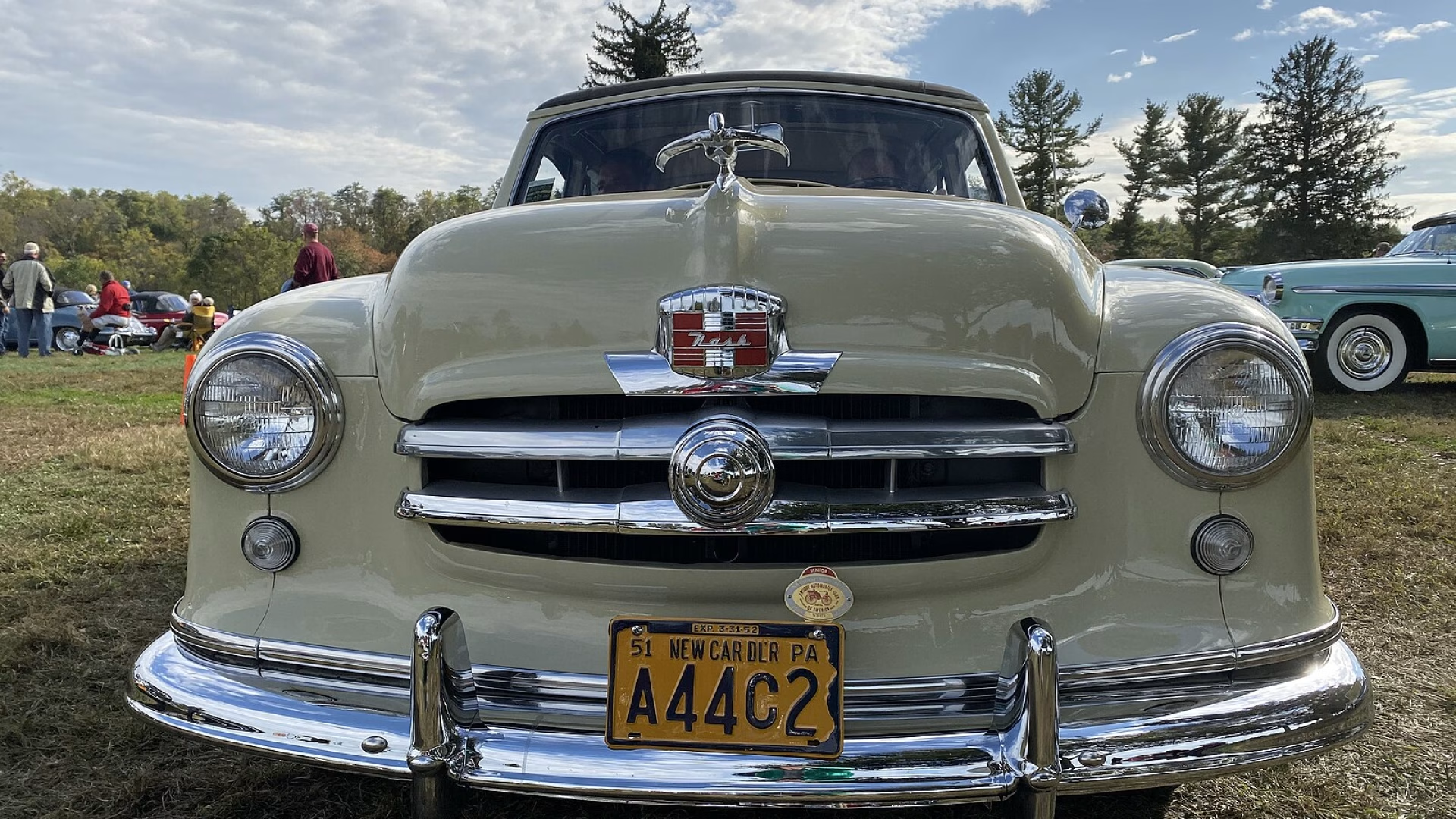Nash & Rambler: The American Champions of the Compact Car
In the post-war era of "bigger, longer, lower," one American independent automaker bravely zigged while the rest of Detroit zagged. The Nash-Kelvinator Corporation, and its successor brand Rambler, was a pioneer and a true believer in the compact, efficient, and intelligently designed automobile. From the radical, aerodynamic "Bathtub" Airflytes to the iconic Metropolitan and the car that started the compact revolution, the Rambler, this is the story of a fiercely independent company that consistently offered a smarter alternative to the excesses of the Big Three.
The Genesis of Nash: A GM Rebel and a Smart Bet
The Nash story begins with its founder, Charles W. Nash, a former president of General Motors who left to build his own company in Kenosha, Wisconsin, USA, in 1916. Nash Motors quickly earned a reputation for building solid, reliable, and high-quality cars. The company's true era of innovation began under the leadership of George W. Mason, who merged Nash with his Kelvinator appliance company in 1937. Mason was a visionary who believed that the future lay in smaller, more efficient cars, a belief that would define the company's greatest successes.
Core Philosophy: Aerodynamics, Unibody, and Efficiency
Nash's core philosophy was a powerful combination of groundbreaking engineering and a focus on practicality:
- Aerodynamics and "Airflyte" Construction: Nash was a pioneer in automotive aerodynamics. The legendary 1949 Nash Airflyte was a radical "envelope" body, one of the first cars to be designed in a wind tunnel. With its fully enclosed front wheels and fastback shape, it was nicknamed the "Bathtub Nash" and was incredibly advanced for its time.
- Unibody Construction: While others still used heavy, separate frames and bodies, Nash was an early and passionate advocate for modern unibody construction, which it called "Airflyte Construction." This made its cars lighter, stronger, and safer than many of their rivals.
- Comfort and Innovation: Nash was famous for its clever features. The "Weather Eye" was one of the first and best modern car heating and ventilation systems. And, most famously, Nash seats could be converted into a bed, a quirky and beloved feature.
The Icons of Kenosha: A Legacy of Clever Thinking
Nash and Rambler's history is defined by a series of brilliant and often quirky cars that were decades ahead of their time.
The Rambler: The Car That Started a Revolution
In 1950, Nash introduced a car that would change the American market: the Nash Rambler. It was the first successful modern American compact car. Unlike other small cars of the era, the Rambler was not a stripped-down economy car; it was a well-equipped, stylish convertible with premium features. It proved that a smaller car could be desirable, and it became a massive success. The Rambler name became so popular that by 1957, after the merger with Hudson to form American Motors Corporation (AMC), the company made Rambler its primary brand name.
The Metropolitan: The Original Subcompact
In 1954, Nash introduced an even smaller car: the Metropolitan. This tiny, charming subcompact was designed by Nash but built in England by Austin. It was a stylish and economical city car, a brilliant solution for two-person transportation that was years ahead of its time. With its "cute" styling and two-tone paint, the Metropolitan has become one of the most beloved and collectible cult cars of the 1950s.
The Nash-Healey: The Italian-American Sports Car
In a surprising move, Nash collaborated with British sports car maker Donald Healey to create the Nash-Healey (1951-1954). This beautiful sports car combined a powerful Nash inline-six engine with a stunning, hand-built body by Italian designer Pininfarina. The Nash-Healey was a true world-beater, scoring an incredible third-place finish at the 24 Hours of Le Mans in 1952. It was a testament to the brand's engineering prowess.
The AMC Era and the Enduring Legacy
In 1954, Nash-Kelvinator merged with the struggling Hudson Motor Car Company to create American Motors Corporation (AMC). For a time, both Nash and Hudson models were sold, but by 1958, the focus was entirely on the successful Rambler brand. Models like the Rambler American and Rambler Classic continued the tradition of building sensible, reliable, and efficient cars, and they were a massive success for AMC in the late 50s and early 60s.
Today, the cars of Nash and Rambler are celebrated for their innovative engineering, unique styling, and the underdog spirit they represent. They are a testament to a time when a small, independent company dared to challenge the giants of Detroit with a simple, powerful idea: that a smaller, smarter car was the right car for America.
